Introduction
Renting a concrete curbing machine can be a strategic move to enhance construction projects' efficiency, especially for concrete resurfacing or retaining wall creation. Renting is more cost-effective than buying, particularly for shorter-duration projects, as it eliminates the need for storage and maintenance. It also aligns with the industry's trajectory towards innovative and efficient practices, as seen in the booming construction robots market.
Rental companies offer a variety of models to suit different project needs, providing access to the latest technology without a hefty investment. Renting a curbing machine is a budget-friendly solution that enhances the appearance and longevity of concrete structures. In this article, we will explore the benefits of renting a concrete curbing machine, the types available for rental, factors to consider when selecting one, best practices for operating a rented machine, timing and planning for efficient projects, common challenges and solutions in DIY projects, maximizing efficiency with the right rental equipment and attachments, and cost-effectiveness and budgeting for rentals.
By the end, you'll have a comprehensive understanding of how renting a concrete curbing machine can contribute to successful construction projects.
Benefits of Renting a Concrete Curbing Machine
Choosing to lease a concrete curb apparatus is a tactical decision that can greatly improve the effectiveness of construction endeavors, especially when handling concrete resurfacing or the establishment of retaining walls. This option is particularly relevant for undertakings that may not necessitate extended utilization of such equipment. The cost-effectiveness of renting over purchasing is evident, as renting equipment is more economical than the hefty investment of buying one, especially for shorter-duration projects. Renting also circumvents the need for storage and maintenance, which can be both costly and time-consuming.
Furthermore, as the market for construction robots continues to grow, with a value of $91.2 million in 2021 and projected to expand at a compound annual growth rate (CAGR) of 15.3% until 2031, the inclusion of rented equipment such as equipment for shaping the edges of concrete aligns with the industry's path towards increasingly inventive and effective methods. This adaptation is crucial in urban settings where the population density demands rapid and reliable construction solutions. For example, the utilization of prefabricated cement, which saves considerable time on the construction site, complements nicely with the adaptability and cost-effectiveness of leased border-forming devices.
Rental companies often offer a range of models to meet various needs, ensuring that you have access to the latest technology without the complete investment. This aligns with a trend toward more sustainable practices, as seen in tool-shares and tool libraries, which promote the efficient use of resources. Renting a curbing equipment can have a price range of approximately $30 to $50 per day, providing a budget-friendly option for enhancing the appearance and longevity of structures made of cement without the financial burden of ownership.
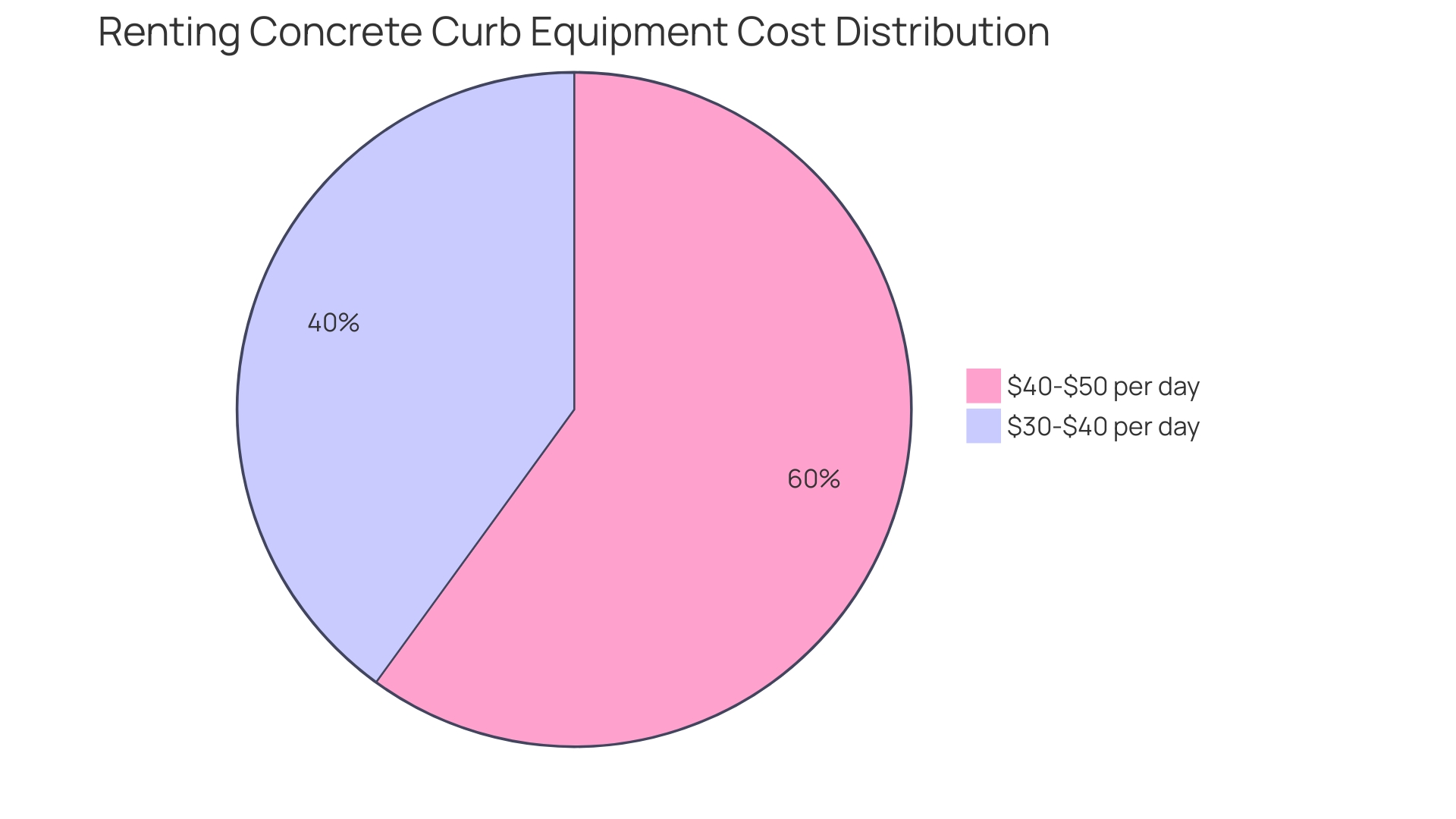
Types of Concrete Curbing Machines Available for Rental
Choosing the appropriate rental for concrete edging is essential for both effectiveness and efficiency. Walk-behind edging devices are great for smaller projects because of their user-friendly nature and capability to maneuver in narrow areas. If you're aiming for accuracy and consistency in sidewalk construction, the extrusion edging equipment is your preferred choice. It delivers a seamless and accurate curb line. To enhance efficiency in bigger projects, self-driven edging equipment greatly increases output, guaranteeing the successful completion of a wide range of tasks. When selecting a device for shaping, take into account the particular requirements of your undertaking to guarantee ideal performance and outcomes. Collaborating with an experienced rental provider can also direct you towards the equipment that best matches your venture's distinctive needs.
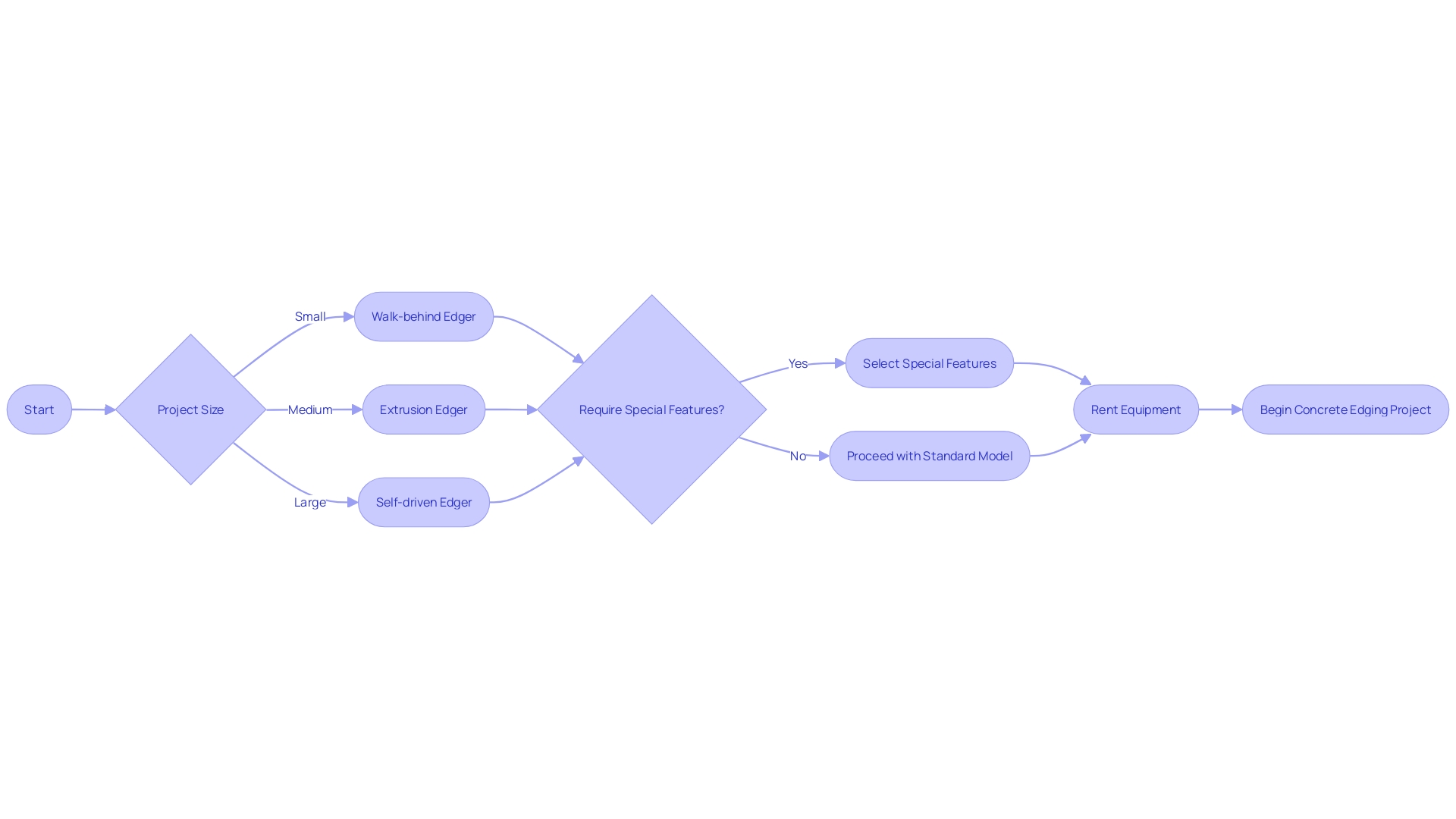
Factors to Consider When Selecting a Concrete Curbing Machine
Choosing the appropriate concrete curbing equipment for leasing necessitates thorough evaluation of different elements to guarantee the prosperous accomplishment of your undertaking. It is crucial to assess the size and extent of the project, as this will guide your decision on the equipment's capacity and dimensions. For instance, the resourcefulness of Brazilian machine creator JP Botelho, who devised a device to straighten deformed rebar, exemplifies the significance of selecting equipment customized to particular tasks for effectiveness and environmental advantages.
Terrain and site accessibility are other crucial aspects; they determine the suitability of certain curbing equipment over others. For example, the capability of Basilisk Self-Healing Concrete to repair its own cracks indicates that devices capable of managing such innovative materials could provide long-term advantages, reducing the requirement for manual repairs and maintenance expenses.
When it comes to machine features, options like adjustable molds and speed control can greatly enhance productivity, much like how the Heave app streamlines service requests and technician responses, optimizing the match between customer needs and service availability.
Lastly, the rental agreement's terms and pricing should be closely scrutinized. Make sure they align with your budget and duration, similar to the customer-focused approach of Diamond Doors, which measures success through client satisfaction, implying that clear and beneficial rental terms are crucial for a positive outcome.
By taking these critical factors into account, you can secure a rental that not only fits your project's requirements but also contributes to overall efficiency and cost-effectiveness.
Best Practices for Operating a Rented Concrete Curbing Machine
When renting a curbing device, it is crucial to adopt a systematic approach to ensure optimal performance and high-quality outcomes. Start by carefully examining the user manual to comprehend the equipment's features and safety procedures. Always wear the appropriate safety gear, including gloves and eye protection, to safeguard against potential hazards. Prioritize the preparation of the workspace by removing any debris and accurately demarcating the intended curb pattern. This not only streamlines the process but also mirrors practices seen in successful operations like the family farming and packing operation in Idaho’s Magic Valley, known for their meticulous preparation in producing quality products.
It's crucial to mix the concrete to the exact specifications recommended by the manufacturer to guarantee optimal consistency. During the operation, it is crucial to maintain a consistent speed and apply steady pressure to guarantee a smooth and even output, similar to the precision observed in specialized machinery such as that of JP Botelho in Brazil. This attention to detail is not only about achieving aesthetically pleasing results but also about reaping economic benefits and reducing environmental impact through efficient use of materials.
Throughout the process, regular cleaning and upkeep of the machine is vital to avert any potential malfunctions, mirroring the proactive maintenance approach taken by companies like Diamond Doors, which attributes its success to customer satisfaction and operational excellence. By applying these recommended approaches, Construction Project Managers can efficiently oversee their undertakings, guaranteeing accomplishment within the anticipated time frame and budget, while also ensuring compliance with quality standards.
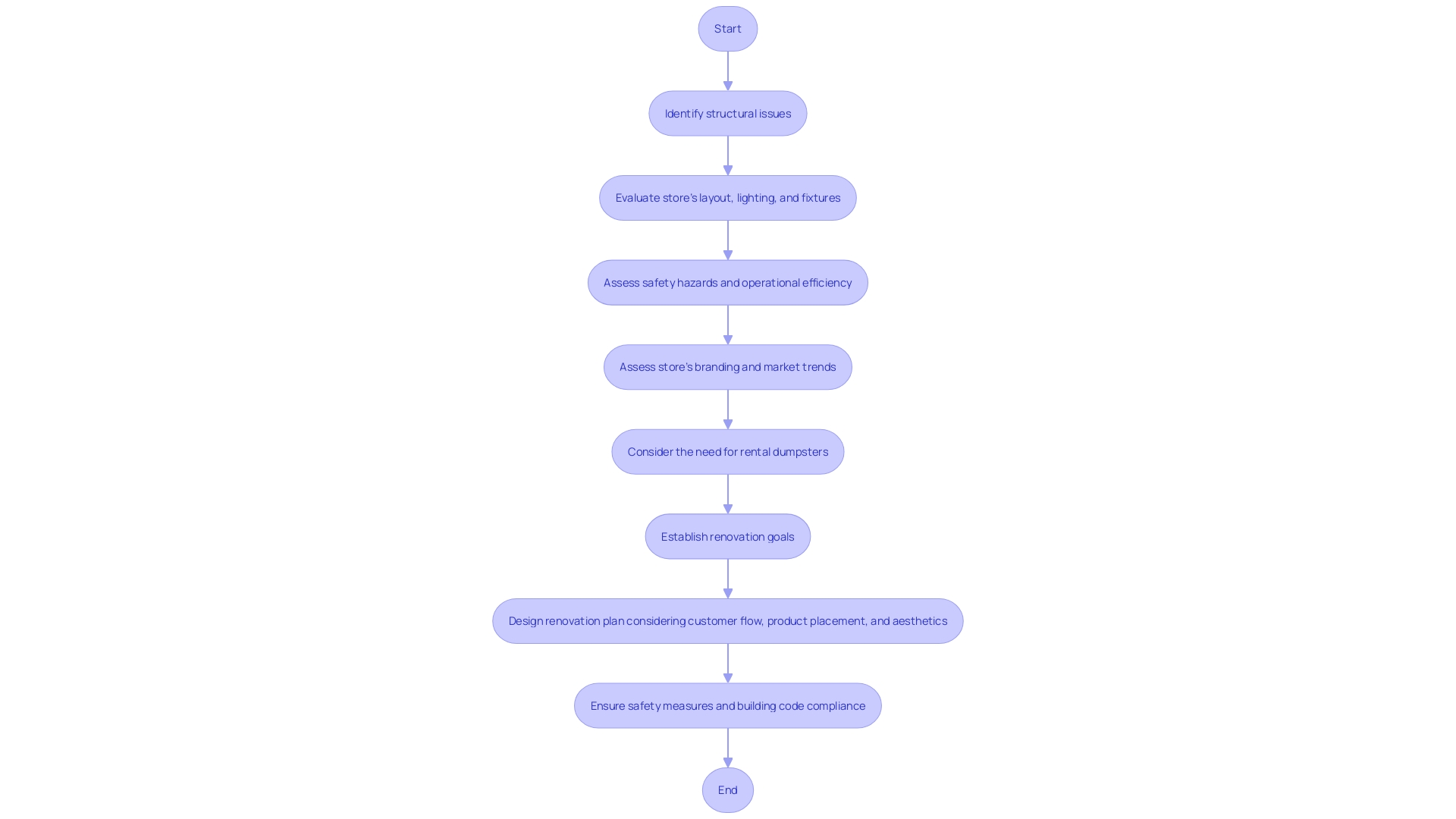
Timing and Planning for Efficient Concrete Curbing Projects
To achieve success in an endeavor, it is crucial to have careful organization and thoughtful strategizing. Given the susceptibility of cement to weather conditions, it is crucial to take into consideration the possible effects of extreme temperatures and precipitation on the curing procedure. A well-orchestrated timeline is key, allowing for contingencies and synchronization with concurrent construction activities to prevent interruptions. Collaboration with other contractors and stakeholders is crucial to maintain a smooth operation and circumvent any holdups.
Adequate time must be allotted not just for the placement of curbs but also for the essential curing and finishing stages, which are critical for achieving the curbs' longevity and aesthetic appeal. Taking inspiration from intricate undertakings such as the restoration of Japan's Tomei Express Tamagawa Bridge, where careful preparation and sequencing were essential to tackle labor shortages and prevent disturbances in a thriving city, comparable accuracy is needed in restraining initiatives.
The Portland Bureau of Transportation's approach to major initiatives emphasizes the importance of involving local communities and organizing phases well in advance, a practice that can be mirrored in cement edge ventures to ensure efficiency and satisfaction. By implementing a forward-thinking approach, guided by industry norms and emerging studies on environmentally-friendly cement alternatives, your pavement initiatives can not only achieve the desired level of excellence and longevity but also promote a more eco-conscious construction methodology.
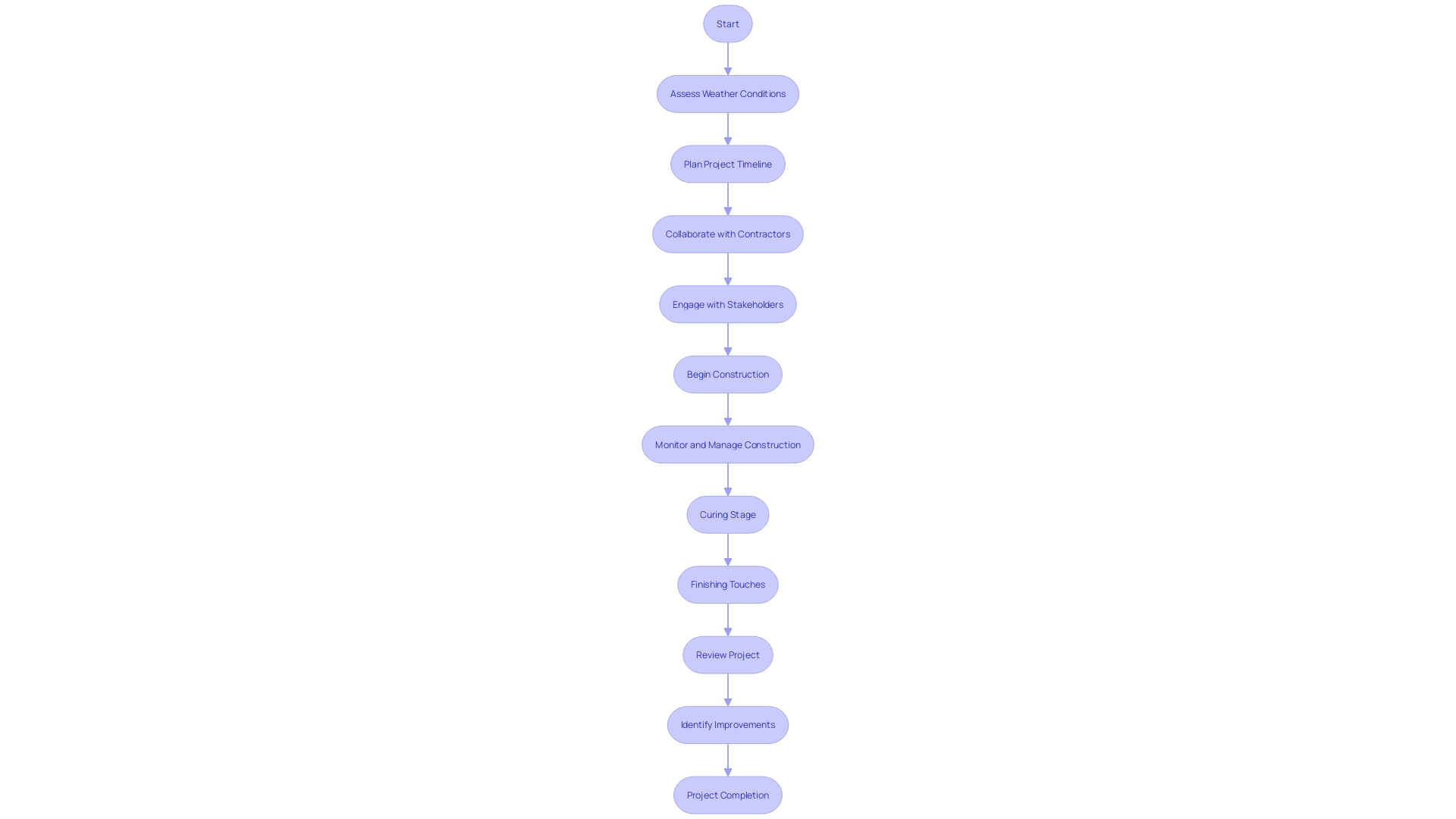
Common Challenges and Solutions in DIY Concrete Curbing
While DIY concrete projects are a great way to add custom aesthetics to your property, they come with their share of challenges. Uniformity in the appearance of curbs is a common issue, but one that can be mitigated with the use of precise molds and careful leveling of the curbing equipment. When faced with diverse terrain like slopes or irregular ground, a curbing machine with adaptable features can be invaluable, coupled with the right techniques to handle such variations.
The handling of the mixture is another critical element; timing the pouring process is crucial for curbs that are not only aesthetically pleasing but also durable and resilient. Innovative DIYers have explored alternative methods, such as utilizing 3D printing technology to create detailed designs for molds, streamlining the process and reducing manual labor.
Moreover, understanding the composition and environmental impact of materials used in these projects is essential. The difference between cement and the end material used for construction is a fundamental one: cement acts as a binder. With the industry moving towards sustainable practices, the use of materials like Basilisk Self-Healing Substance, which incorporates bacteria to repair cracks and extend the substance's lifespan, is a glimpse into the future of eco-friendly construction.
These solutions not only reflect the evolving nature of DIY projects but also align with a growing consciousness about the embodied energy and labor in construction materials. As we reflect on history and the careful labor required in manually placing bricks or constructing buildings, it's evident that advancements in techniques for shaping borders with cement are a component of a broader story that values both craftsmanship and the surroundings.
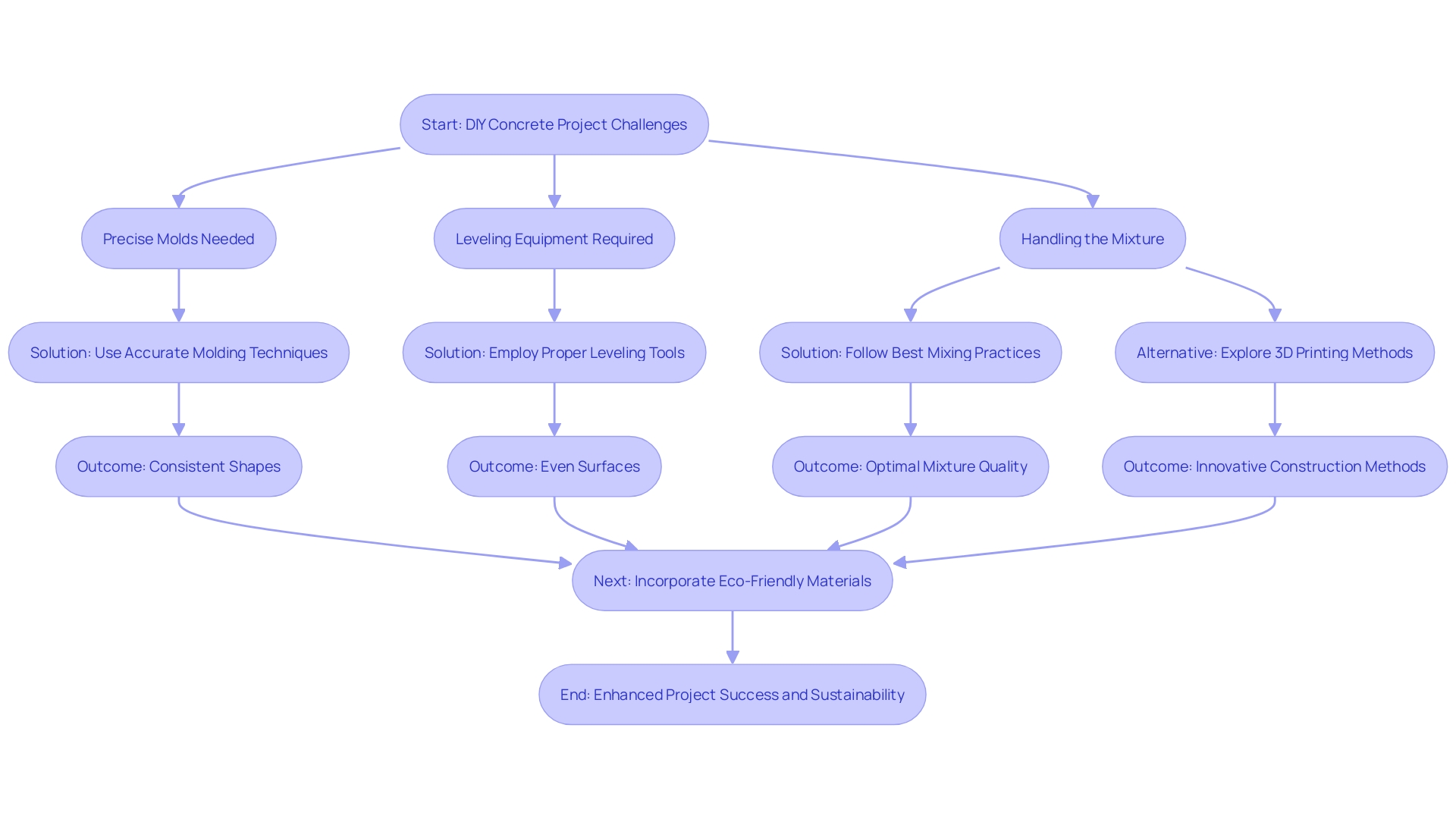
Maximizing Efficiency with the Right Rental Equipment and Attachments
Choosing suitable rental equipment and attachments is a tactical decision that directly affects the efficiency of cement border operations. For best outcomes, evaluate the particular requirements of your project for edging. Accessories such as trowels or texture rollers can be essential, as they enhance the functions of your cement edging device, allowing you to create various finishes and textures for a wider range of services. The condition of the rental equipment is equally crucial. Commit to a routine of meticulous inspection and prompt reporting of any faults to the rental provider. This proactive approach not only sustains operational efficiency but also mitigates the risk of unexpected downtime.
Cost-Effectiveness and Budgeting for Concrete Curbing Machine Rentals
Maximizing efficiency with concrete curbing machine rentals goes beyond just saving on initial costs. It involves a strategic approach to budgeting for endeavors and a keen evaluation of long-term financial impacts. Start with a clear assessment of your project's financial limits and the duration for which the rental is needed. With the construction robots market flourishing, as evidenced by its projected growth to US$ 359.6 million by 2031, the options for rentals are expanding. Compare rates from various vendors, not just for the base rental price, but also for ancillary fees such as delivery and pickup, which can significantly affect the total cost.
Look beyond the price tag and consider the benefits of a rental in terms of environmental impact and resource efficiency. Draw motivation from innovators like JP Botelho in Brazil, who created a device for straightening recycled rebar, thereby decreasing waste and cost. Similarly, when you rent a curbing device, you're opting for a solution that can provide both economic and environmental benefits.
Assessing the return on investment is also vital; if your schedule involves several future endeavors, renting could potentially provide greater adaptability and reduced expenses in the long term. For instance, technology companies like Rugged Robots demonstrate the practicality of 'intelligent' machines that interpret designs and execute tasks with precision, suggesting that the right rental could significantly enhance productivity. Always weigh the advantages of renting against purchasing outright, considering not just the immediate project, but also future needs and opportunities for technological integration.
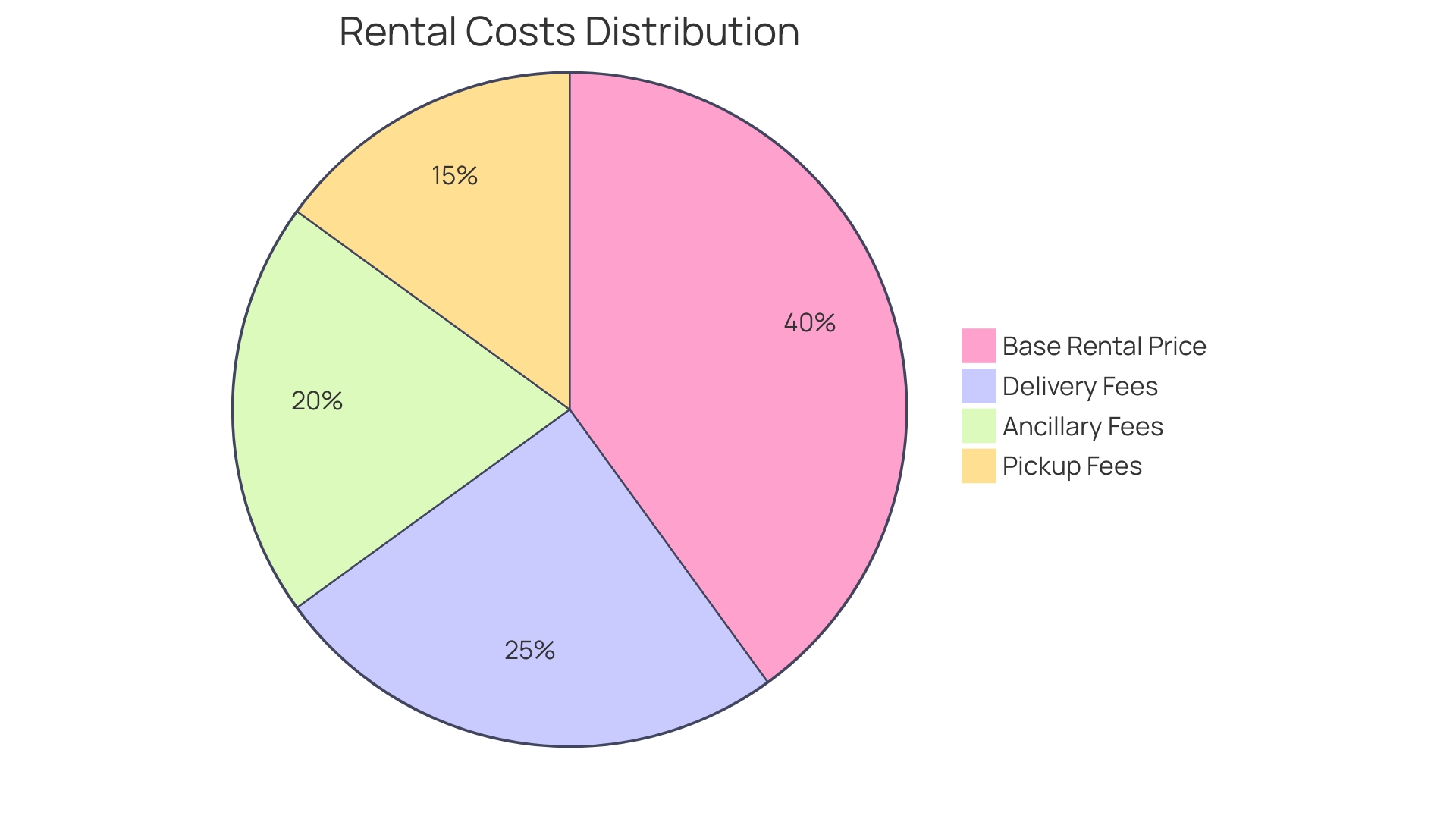
Conclusion
In conclusion, renting a concrete curbing machine offers a cost-effective solution for construction projects. It eliminates the need for storage and maintenance, aligns with innovative practices, and provides access to the latest technology without a hefty investment. Renting enhances the appearance and longevity of concrete structures.
When selecting a machine for rental, consider factors such as project size, terrain, and machine features. Partnering with a knowledgeable rental provider ensures the right equipment for your project's unique requirements.
Operating a rented machine requires following best practices for peak performance. Thoroughly review the user manual, wear safety gear, and prepare the workspace. Maintain a uniform speed and pressure, and regularly clean and upkeep the machine.
Timing and planning are crucial for efficient curbing projects. Meticulous scheduling, considering weather conditions, and collaborating with stakeholders ensure smooth operations and adherence to quality standards.
DIY curbing projects come with challenges, but can be overcome with precise molds, careful leveling, and timing of concrete pouring. Understanding material composition and environmental impact is essential for sustainable practices.
Maximize efficiency with the right rental equipment and attachments. Assess project needs and maintain equipment condition for optimal results.
Cost-effectiveness and budgeting involve evaluating long-term financial impacts and considering environmental benefits. Renting offers flexibility and lower costs compared to purchasing outright.
In summary, renting a concrete curbing machine is a strategic solution for efficient and cost-effective construction projects. Consider project factors, follow best practices, and maximize efficiency with the right equipment. Evaluate long-term financial impacts and embrace sustainable practices.
Renting provides access to technology without the burden of ownership, enhancing the appearance and longevity of concrete structures.




